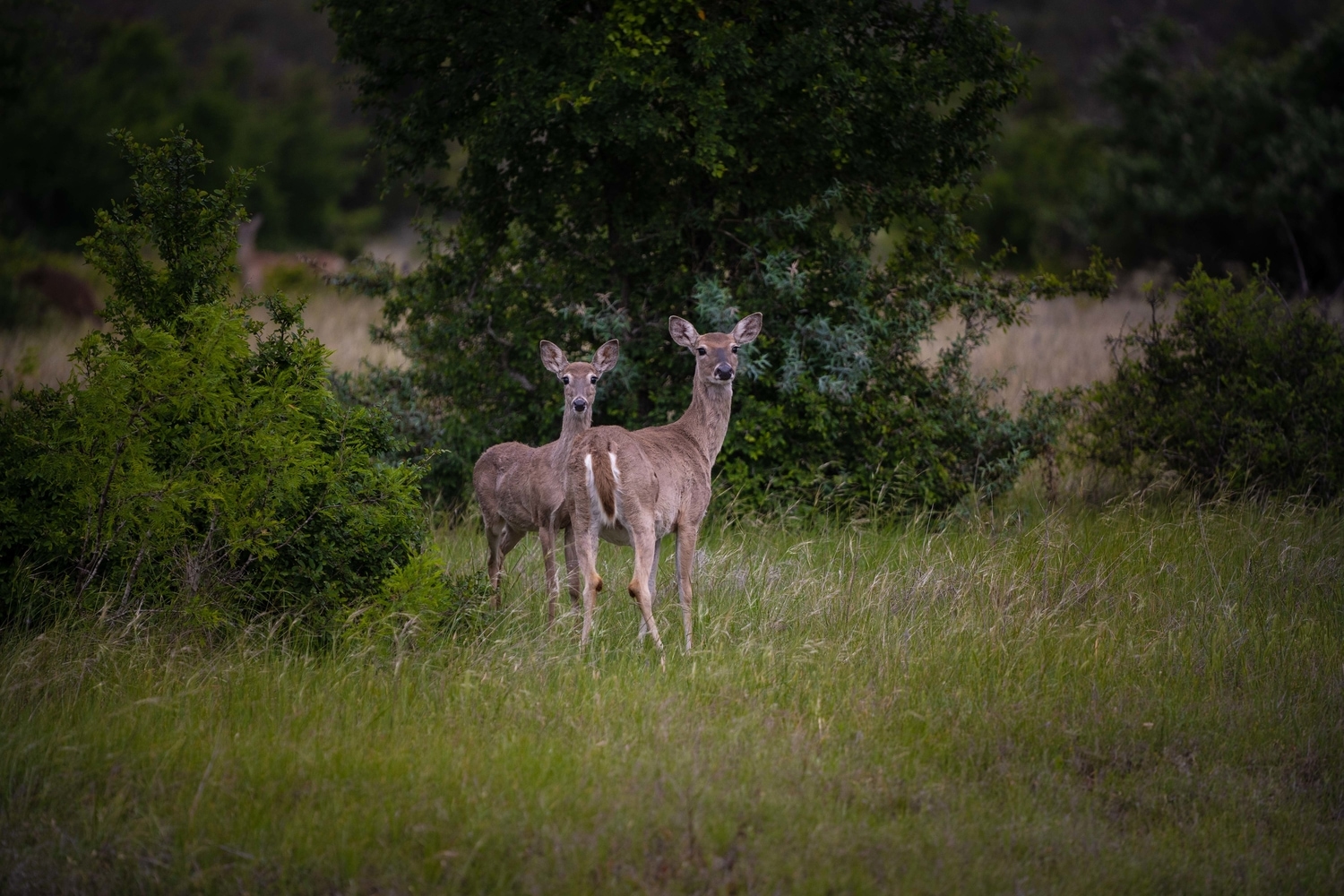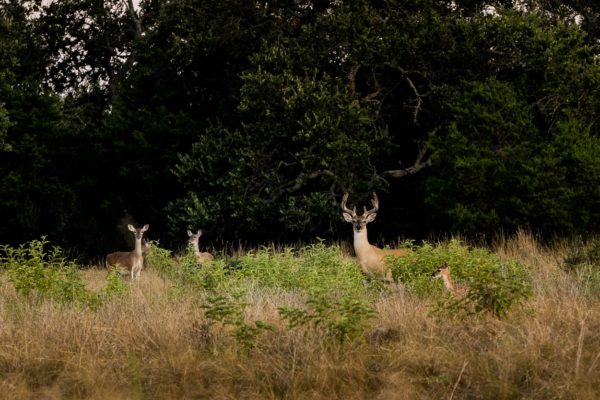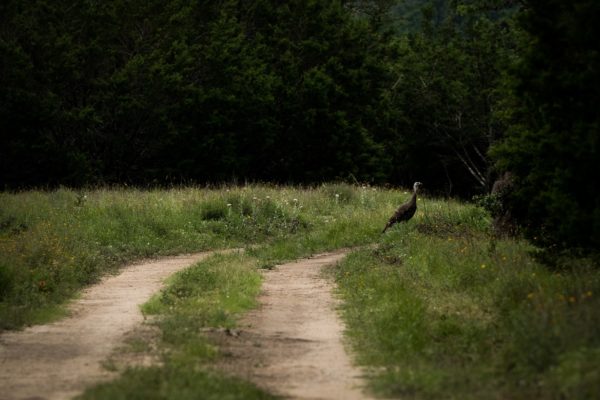Central Texas Wildlife Conservation

The State of Texas is doing great things when it comes to wildlife conservation. But, while we are grateful for the leadership from Texas Parks and Wildlife, the Texas Wildlife Association, and other agencies, we understand there’s a lot of work that still needs to be done to ensure that our native wildlife has a home for years to come.
These organizations have their work cut out for them. But, as more people move into our state to enjoy our high quality of life, we have to be forever mindful of how this increased population will affect the wildlife that makes Texas their home.
Round Mountain Reserve works in collaboration with nature. In fact, wildlife preservation through open space conservation is a guiding principle in every decision we make. That’s one reason that families looking for a room to roam and connect with nature, are at home at the Reserve. Ultimately living among like-minded people who value uninterrupted hill country vistas, dark skies, and native wildlife habitat.
Unfortunately, this desire to protect wildlife was not the vision of many who lived in the Hill Country, Round Mountain area before us. While some species were described as being “numberless” in the region hundreds of years ago, now those species only exist in insignificant amounts (or they are gone forever.)
While it is easy to become frustrated by the lack of conservation efforts in the past, we must remember that “when we know better, we do better.”
Successful Texas Wildlife Conservation Efforts
Here are some success stories of Texas wildlife conservation efforts in Round Mountain, Texas, and the surrounding region.
White-Tailed Deer
One of the biggest wildlife conservation success stories is the white-tailed deer. In the early 1900s, this beautiful Texas species was over-hunted. Conservationists began working on the crises in the 1930s and now Texas has more white-tailed deer in Texas than in any other state.
Did you know that bucks (male deer) shed their antlers every year in the late winter/early spring and then grow a new set for fall? You’ll enjoy spotting these magical creatures from your Round Mountain home.
Bald Eagles
Imagine how devastating (and embarrassing) it would have been if the conservation efforts hadn’t worked to save the American Bald Eagle? Texas only had four nesting pairs of bald eagles in the 1970s because of the prevalent use of DDT. This pesticide made the eggshells so thin that the eaglets struggled to survive.
Currently, there are approximately 200 pairs of bald eagles in Texas. Look for their nests in trees at least 75 feet tall.
Eastern Turkey
The people from the National Wild Turkey Federation are still working to ensure the survival of Eastern Turkey. The NWTF and other organizations support the population growth of the turkey through incentivized management practices that are beneficial to the species.
You may hear the recognizable “gobble” of the tom turkey in Round Mountain Park, especially during thunderstorms!
Peregrine Falcon
The American Bald Eagle wasn’t the only species to be endangered during the 1970s by using the pesticide DDT. The Peregrine Falcon was also on the endangered list during this era.
There’s still work to be done with this species, and let’s hope that the conservation efforts with this animal work. The Peregrine Falcon can fly 60 miles per hour (with downward dives reaching 200 miles per hour!)
Houston Toad
One part of the Texas experience we want to preserve is the unique sounds coming from our native species. For example, the Houston Toad uses a high-pitched trill to communicate with other toads, sometimes lasting 14 seconds.
Scientists are raising Houston Toads in the lab and letting them loose to help their population grow. Unfortunately, even though female Houston Toads can lay up to 3,000 eggs, most don’t survive to adulthood.
Prairie Dogs
At one point in Texas’s history, the Texas prairie dog population numbered in the hundreds of millions. The black-tailed prairie dogs were once the most abundant mammal in Texas.
Although the contribution of prairie dogs on the local landscape is complicated, they work “like giant earthworms” by loosening and fertilizing Texas soil.
Even though we have labeled many of these stories as “successes,” it’s important to remember that a lot more work needs to be done.
View this post on Instagram
Round Mountain Reserve
Round Mountain Reserve is located deep within Texas’ Edwards Plateau, near a network of creeks and ponds. Native wildlife, such as the white-tailed deer, wild turkeys, small mammals, and colorful songbirds make this region their home.
Round Mountain Reserve is a conservation-focused development, which means we offer a limited number of ranches that feature home design guidelines that enhance and preserve the local ecology.
Families seeking a Round Mountain, Texas ranch will also benefit when purchasing a property at the Round Mountain Reserve. Each property has a customized Wildlife Management Plan, which protects the natural elements while giving owners a property tax exemption.
As a part of the process, your property will be assessed by a wildlife biologist, who will discuss your goals for your ranch and offer professional advice to aid your land management decisions. The five-year Wildlife Management Plan will detail all of your chosen management practices designed to meet your goals and satisfy the state’s legal requirements.
Contact Us to Learn More
To learn more about how you can protect the wildlife around the Hill Country/Round Mountain area while receiving a property tax exemption, contact Round Mountain Reserve by filling out this contact form on our website.


